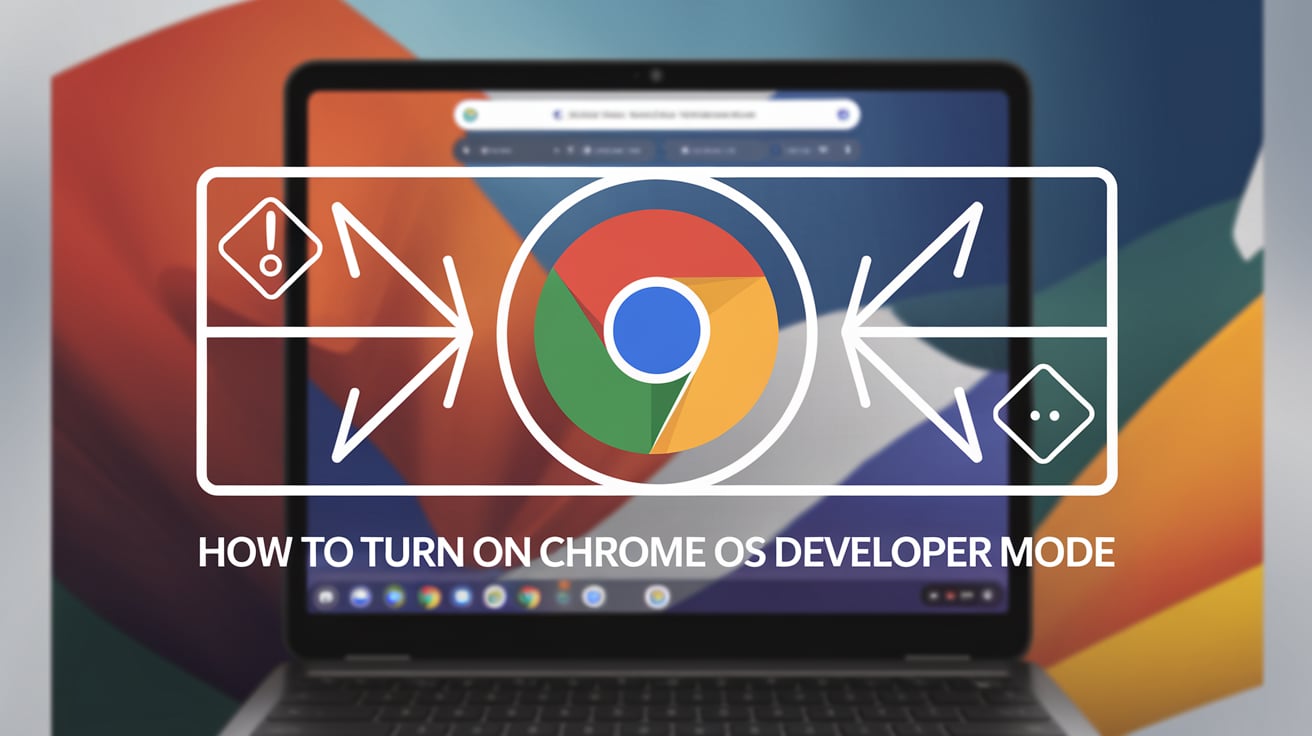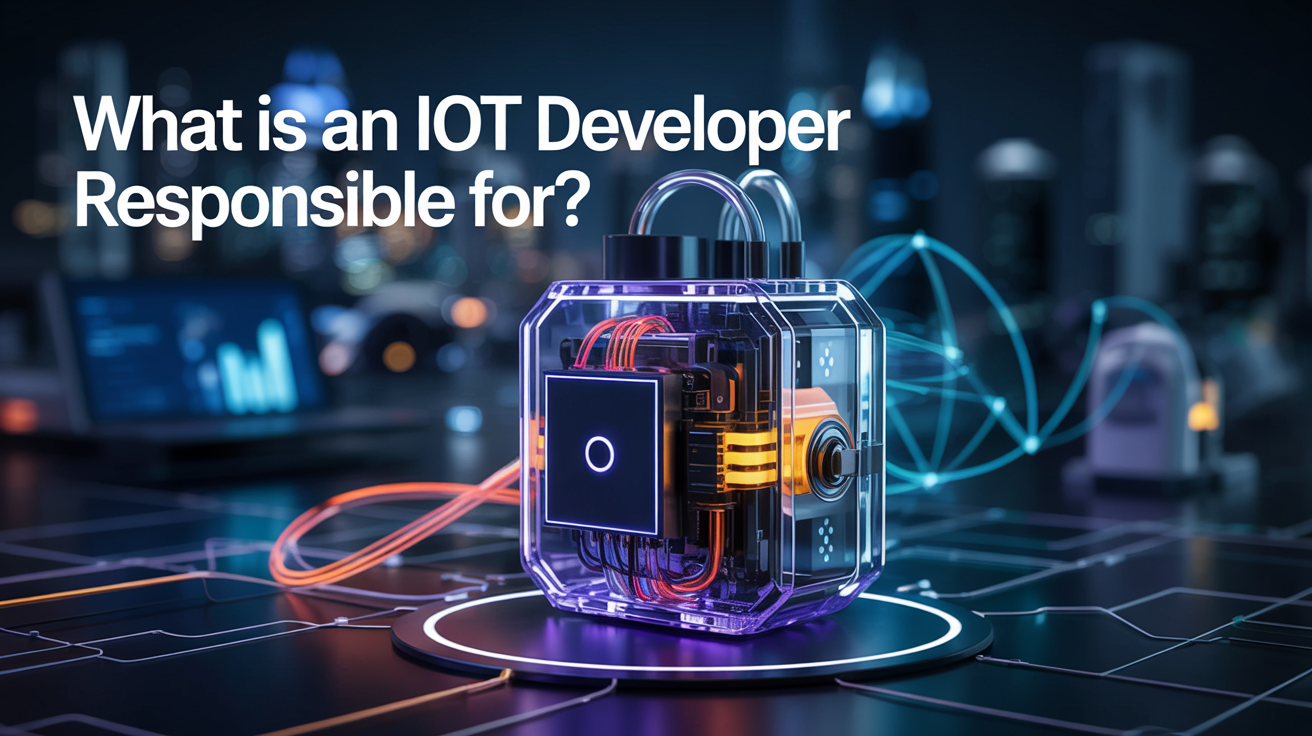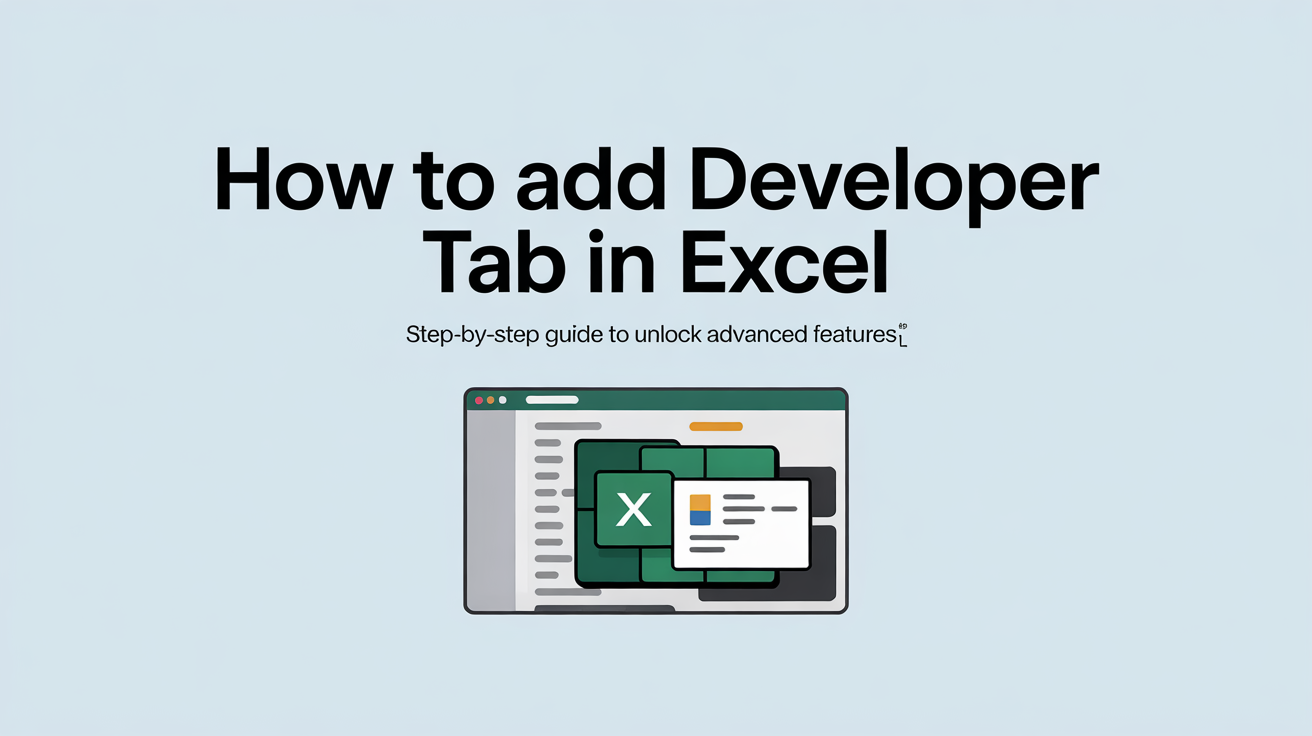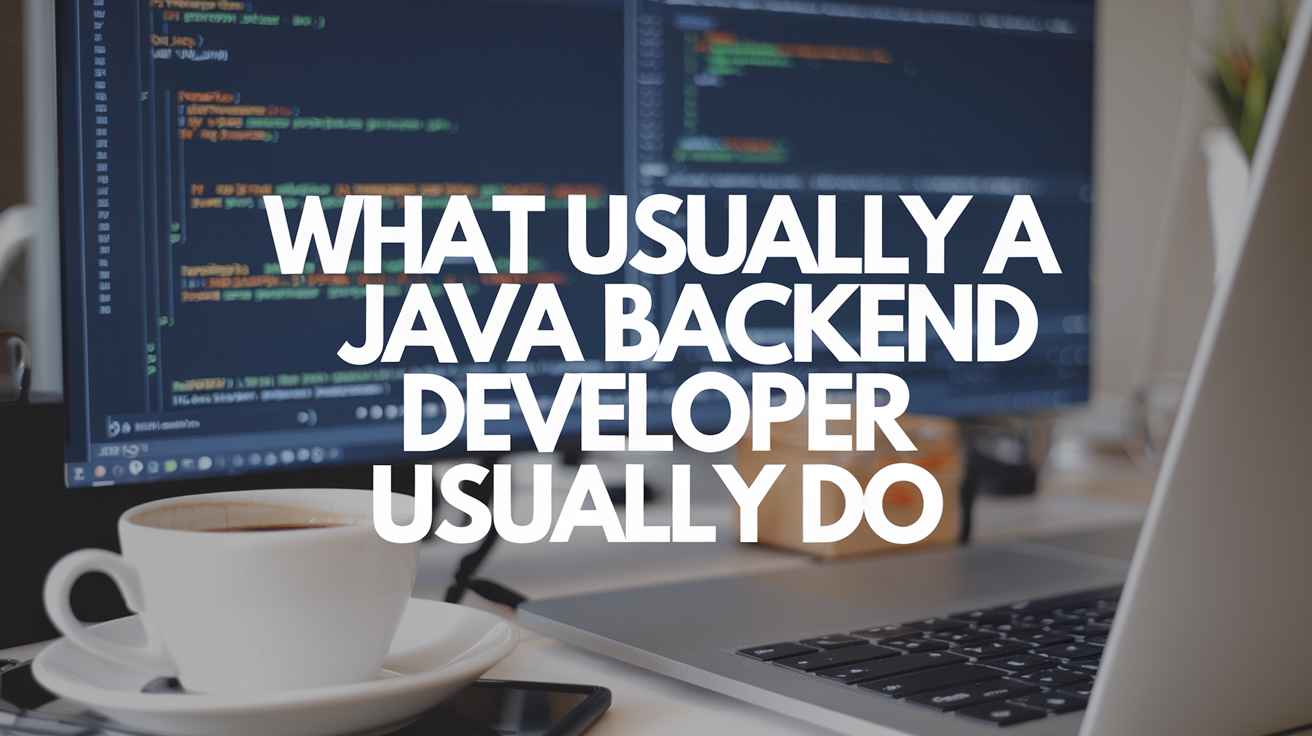How to Turn on Chrome OS Developer Mode
Abhishekh Kanojia - March 21, 2025, 9:42 AM

Whether you are a beginner intrigued by what lies beyond the default settings, an inquisitive tech geek who wants to install Linux applications or Android applications from sources other than the Google Play Store, a budding developer, or a pro who wants to access the command line, test custom code check the advanced features and functionalities, turning on Chrome OS Developer Mode is the way forward for you. However, it isn’t as simple as flipping a switch, and comes with security risks and data loss, if not done with caution. In this blog, our expert developers list all the possible ways to turn Chrome OS developer mode on.
What is a Chromebook?
Google launched the Chromebook in partnership with Acer and Samsung in 2011. Unlike a Windows OS or a macOS, a Chromebook is a laptop that runs on Google's Chrome OS. It has a lightweight OS and is mainly used for web-based tasks like browsing, streaming, using cloud-based applications, and running Android or Linux apps.
What is Chrome OS Developer Mode?
Chrome OS Developer Mode, is also called the "Dev Mode", where “Dev” stands for developer. The Chrome OS is designed to function in either the user mode or the developer mode. The user mode is the default, secure mode where the user sees a locked-down environment and can perform actions like browsing the web, installing apps from the Google Play Store, and using built-in Chrome OS features.
The Developer Mode, on the other hand, is for advanced users, developers, and tech enthusiasts who want to modify system settings, install Linux applications, sideload Android apps, and gain root access to the Chrome OS shell, also called crosh. It offers the power users and developers with added control and flexibility over their Chromebooks.
Also Read: - What does a java backend developer do
Things To Keep in Mind Before Turning On The Chrome OS Developer Mode
Remember that not every Chromebook can be played around with and only Chromebooks x86_64 models, ARM-based Chromebooks with Developer Mode support, and those that allow USB booting can be used.
-
If you are doing this for the first time, it’s best to remember to back up all of your data.
-
Not every Chromebook is covered by the installation script and hence you should check the project docs before working on the firmware.
-
If you don't know your architecture, you can open a crosh terminal, which is the ChromeOS-specific terminal, with Ctrl-Alt-Tand then use the command `uname -m`.
-
This is true for laptops as well, where you need to press and hold ESC + refresh and tap the power button to see your board name pop up on the screen so that you can ensure that your model belongs to a family of laptops that is supported on the project docs.
-
When in the developer mode certain security features like OS verification are disabled. With this, anyone can do modifications to the root filesystem which can be quite risky as it could lead to potential security vulnerabilities, malware infections, unauthorized access, or even bricking the device if critical system files are altered incorrectly.
-
It is particularly important to ensure the mitigation of risks, by installing only from trusted software, and by using secure connections like VPN.
A Step-by-Step Guide on How to Turn on Developer Mode on Chrome OS
Here is a detailed guide on how to turn Chrome OS developer mode on a Chromebook and laptop. Using the steps mentioned here, amateurs and professionals alike can easily turn the developer mode on for installing Linux, customizing your device, and much more.
How to Turn on Chrome OS Developer Mode on Chromebook and Laptop
Turning on the developer options on the Chromebook might seem like an uphill task for many. But using these steps you can easily get things done without running into any issues or security threats. Let’s see all the possible options and steps to turn on Chrome OS Developer mode to install apps on Chromebooks:
-
Press and hold the Escape key and refresh button at the same time, and tap the power button. (The screen will go blank for a few seconds and a new page will appear).
-
Release the escape and refresh buttons after the new page appears.
-
Tap the control key and the D key simultaneously (Do this only if you are backing up the data from your Chromebook and are ready to delete everything). When the new screen appears, press the enter button, and you will hear a beep.
-
Wait for a few minutes, and you will see a message appear that says that your system is transitioning to developer mode. Let the Chromebook reboot.
-
A message saying “Welcome to Chromebook “ might appear where you can do your regular sign-in, and you are ready to get applications from sources other than the Google Play Store.
-
Now you have the additional options over a standard ChromeOS installation, which is accessible by hitting ctrl and alt, and F2 or right arrow.
-
Do remember that there may be some warnings issued, but don’t worry these aren’t security risks, but a way for the Chromebook to make you aware of the changes.
Key Differences in Turning on Chrome OS Developer Mode on Laptop and Chromebook
If you are wondering how to turn on Chrome OS developer mode on a laptop, then rest assured that the basic method to do so is the same as Chromebook. However, there are some key differences which you might want to differentiate the two.
Device Type & Manufacturer Restrictions
Traditional Chromebooks have fewer manufacturer restrictions, and it is easier to enable Developer Mode. In some cases, Chromebook laptops that have premium models, convertibles, or enterprise editions restrict enabling Developer Mode.
Basic Keyboard Layout Differences
Some Chromebook laptops have slightly different keyboard layouts, while certain non-standard Chromebook models require alternative button presses like holding Volume Up/Down instead of Esc.
Hardware-Specific Boot Options
Some of the higher-end Chromebook laptops support alternative boot options like USB booting for Linux more easily than budget Chromebooks. While some ARM-based Chromebooks may have different recovery modes depending on the processor architecture.
How to Disable Developer Mode on Chromebook and Restore OS Security
To turn the Chromebook to the default state, disable Developer Mode, and restore OS security the following steps have to be followed.
-
You have to restart or shut down your Chromebook.
-
When you restart you will see a screen displaying that the OS verification is off, i.e. the Chromebook is in the Developer Mode.
-
On the next prompt, click enable OS verification, sully done by pressing the spacebar. This step will remove all the locally available data and the device will return to a secure state and your Chromebook will revert to normal mode.
-
In the next step, you can see the setup screen here you can log in to your account.
Fixing Developer Mode Issues: Common Problems & Easy Solutions
Remember that not every Chromebook can be played around with and only some like x86_64 models, certain ARM-based Chromebooks, and devices that support Developer Mode can be used. Not every Chromebook is covered by the installation script and hence you should check your project docs before messing with the firmware. And if you don't know your architecture, you can open a crosh terminal, which is the ChromeOS-specific terminal, with Ctrl-Alt-Tand then use the command `uname -m`.
Also Read: - Top software development companies in usa
Wrapping Up
The developer mode on Chromebook brings with it the added advantage of enhanced control and flexibility, customization options, provision of powerful debugging tools for testing and troubleshooting software issues, and facilitates the users to run Linux applications and tools.
However, it also comes with security vulnerabilities and warranty implications which deems entering into the developer mode as voiding the device's warranty. Additionally, the risk of data loss is high, the potential for instability enormous, and an increased risk of malware attacks. Hence organizations that want to harness the benefits of the developer mode on Chromebook must hire expert developers who are trained to handle system modifications securely, mitigate risks, and ensure the integrity of the device while leveraging its advanced capabilities.
At TheDevolutions, we have a team of developers who have deep domain expertise in Chrome OS customization, security, and advanced system modifications. Our experts understand the risks and complexities of enabling Developer Mode, ensuring that organizations can safely unlock their full potential without compromising data security, system stability, or device integrity.
Our team can smoothly pull off some of the most complex Linux application installations, sideloading Android apps, and make your Chrome OS suitable for enterprise use.
Connect with our expert developers for a risk-free, smooth Developer Mode experience.





